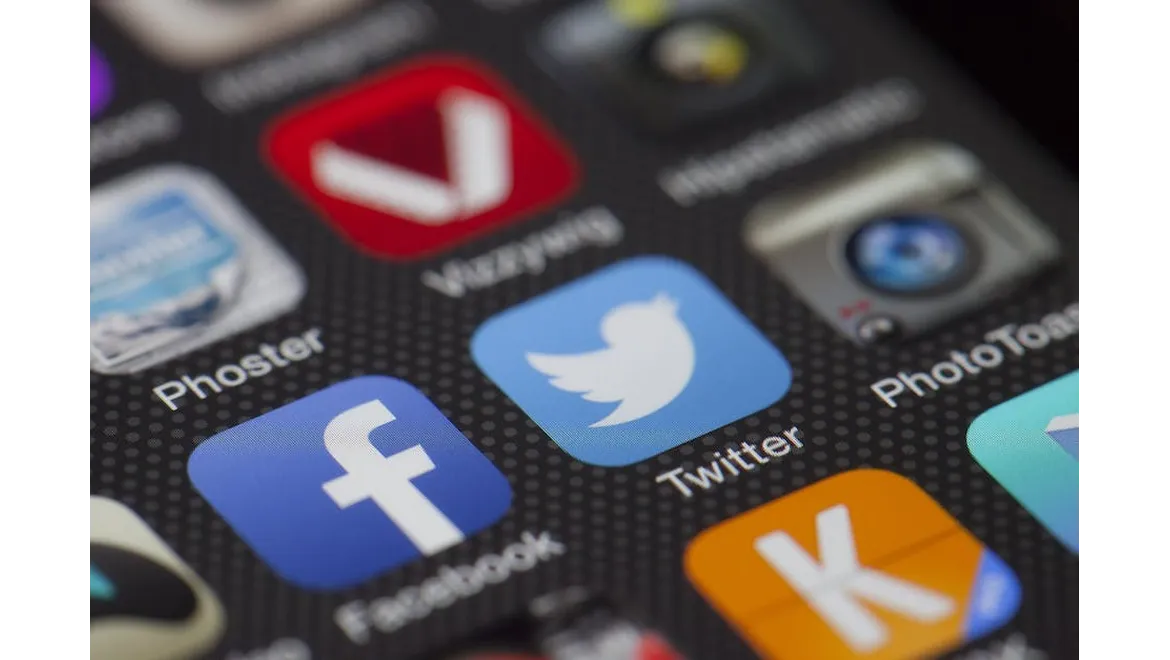Embarking on an adventure into the world of AI-enhanced customer interaction has been a fascinating journey. I dived into the realm of chatbots and automated responses on social media, seeking to understand and implement these tools to enhance customer service and engagement. Allow me to guide you through my experience and share how you can replicate this process.
Discovering the Power of AI in Customer Interaction
The initial step in my journey was recognising the potential of AI in customer interactions. Social media platforms are bustling with customer queries, feedback, and engagement opportunities. Manually responding to each interaction can be overwhelming. That’s where AI comes in. With chatbots and automated responses, businesses can manage a high volume of interactions efficiently and effectively.
Setting the Foundation: Choosing the Right Tools
The first practical step was selecting the appropriate tools. There are numerous AI chatbot platforms available, such as Chatfuel, ManyChat, and MobileMonkey. After some research and consideration of my needs, I opted for ManyChat due to its user-friendly interface and robust features.
Once you’ve selected your preferred platform, the next step is to create an account. Most platforms offer a free tier, which is perfect for beginners. Sign up, and you’ll be greeted with a dashboard where you can start building your chatbot.
Crafting Your Chatbot: The Building Blocks
Creating a chatbot involves designing a flow – a series of pre-determined responses that guide the conversation. I began by mapping out common customer interactions. This included frequently asked questions, basic troubleshooting, and general inquiries.
Using ManyChat, I created my first flow. Here’s a simple guide to get you started:
-
Welcome Message: Begin with a friendly greeting. Your welcome message sets the tone for the interaction. For instance, I used, “Hello! How can I assist you today?”
-
Menu Options: Provide users with options to choose from. This could be categories like “Product Information,” “Order Status,” or “Customer Support.” In ManyChat, you can create buttons for each option, making it easy for users to navigate.
-
Responses: For each menu option, craft responses that address the user’s needs. For example, under “Order Status,” I set up a flow that asks for the order number and provides an update based on predefined conditions.
-
Fallback Responses: Not all queries will fit into your predefined categories. Create a fallback response like, “I’m sorry, I didn’t understand that. Can you please rephrase?” This ensures the conversation doesn’t hit a dead end.
Automation and Integration: Bridging the Gaps
After setting up the chatbot, the next step was integrating it with my social media platforms. ManyChat offers seamless integration with Facebook Messenger, which was my primary focus. By connecting my Facebook page to ManyChat, I enabled the chatbot to handle incoming messages automatically.
Additionally, I explored automated responses for public comments. Facebook and Twitter both offer basic automation tools in their settings, allowing you to auto-respond to comments with a pre-set message. This can be particularly useful for acknowledging feedback or directing users to your chatbot for further assistance.
Testing and Refining: Perfecting the Experience
With the initial setup complete, it was time to test the chatbot. I enlisted friends and colleagues to interact with it, providing feedback on the flow and responses. This testing phase was crucial in identifying any gaps or areas for improvement.
Based on the feedback, I made adjustments to the flows, added more nuanced responses, and refined the fallback messages. It’s important to keep the language natural and engaging to maintain a positive user experience.
Analysing Performance: Measuring Success
Once the chatbot was live and operational, I monitored its performance using the analytics provided by ManyChat. Key metrics included the number of interactions, user engagement, and resolution rates. Analysing these metrics helped me understand the chatbot’s effectiveness and identify areas for further enhancement.
For instance, if a particular query was frequently hitting a fallback response, it indicated a need to expand the chatbot’s knowledge base in that area. Continuous monitoring and tweaking ensured the chatbot remained relevant and effective.
Reflecting on the Journey
Implementing AI-enhanced customer interaction through chatbots and automated responses on social media has been an incredibly rewarding experience. It has streamlined the process of managing customer interactions, improved response times, and allowed for a more consistent and engaging customer experience.
By carefully selecting the right tools, crafting thoughtful and user-friendly interactions, integrating seamlessly with social media, and continuously refining the approach based on performance analytics, businesses can significantly enhance their customer service capabilities.
My journey with chatbots and automated responses has shown that with the right approach and tools, anyone can leverage AI to improve customer engagement and satisfaction. Whether you’re a small business or a large enterprise, these technologies offer immense potential to transform how you interact with your customers.











